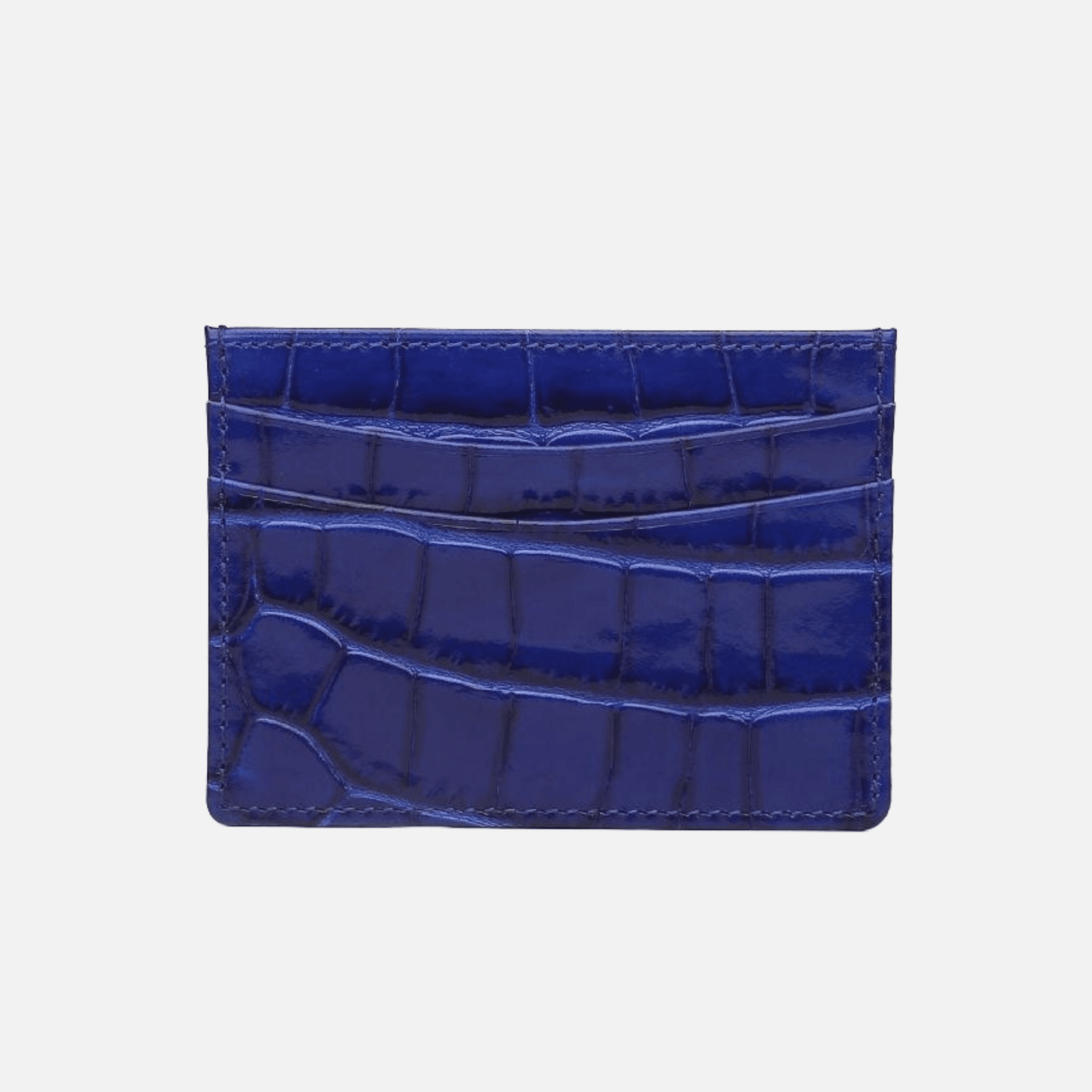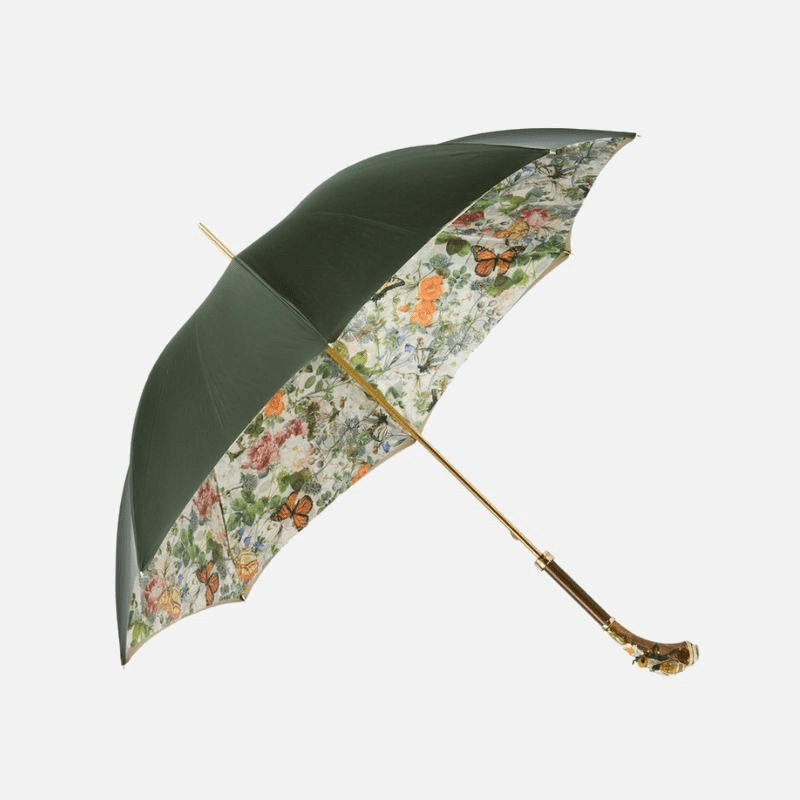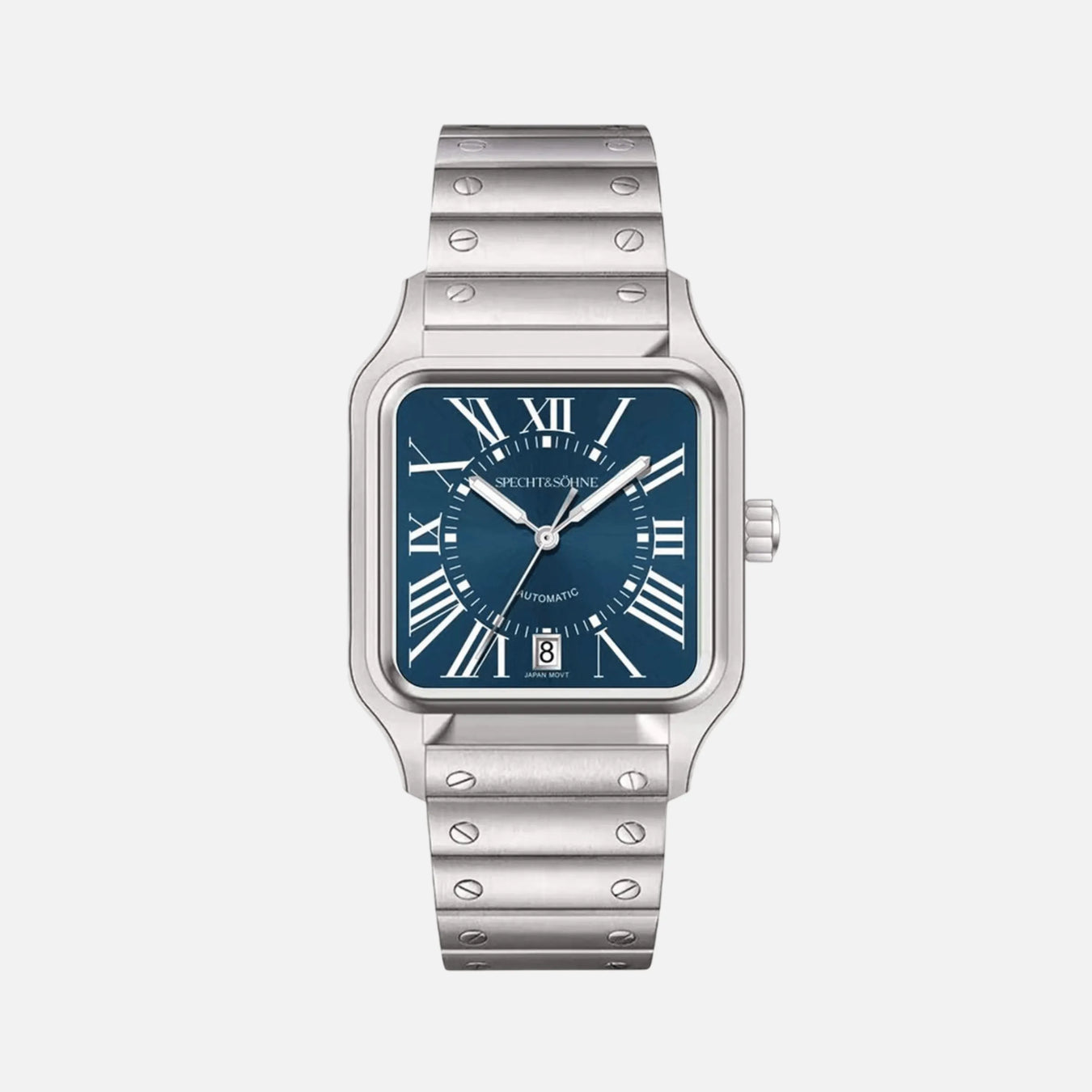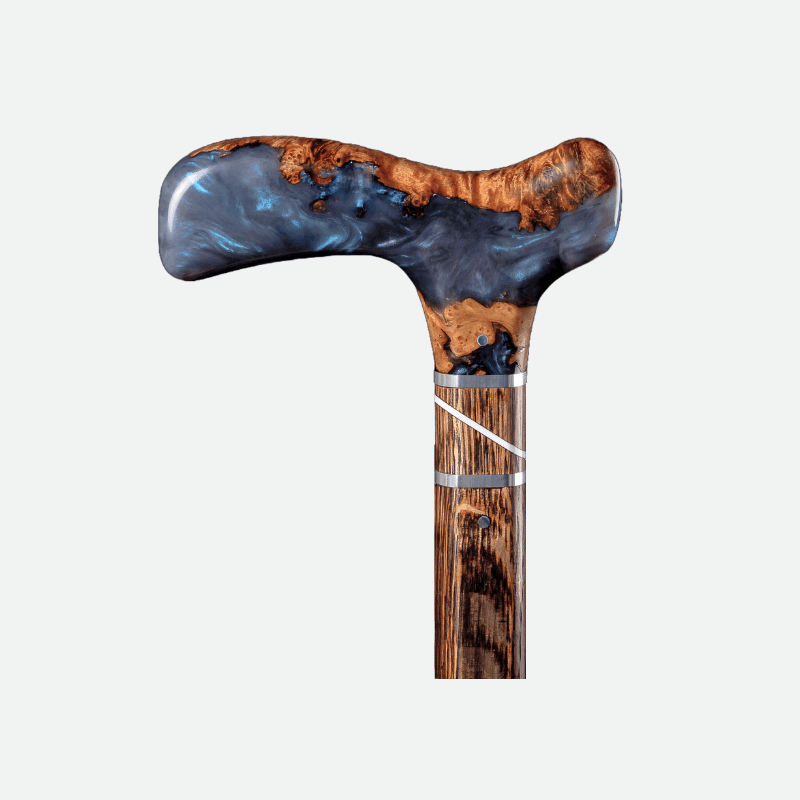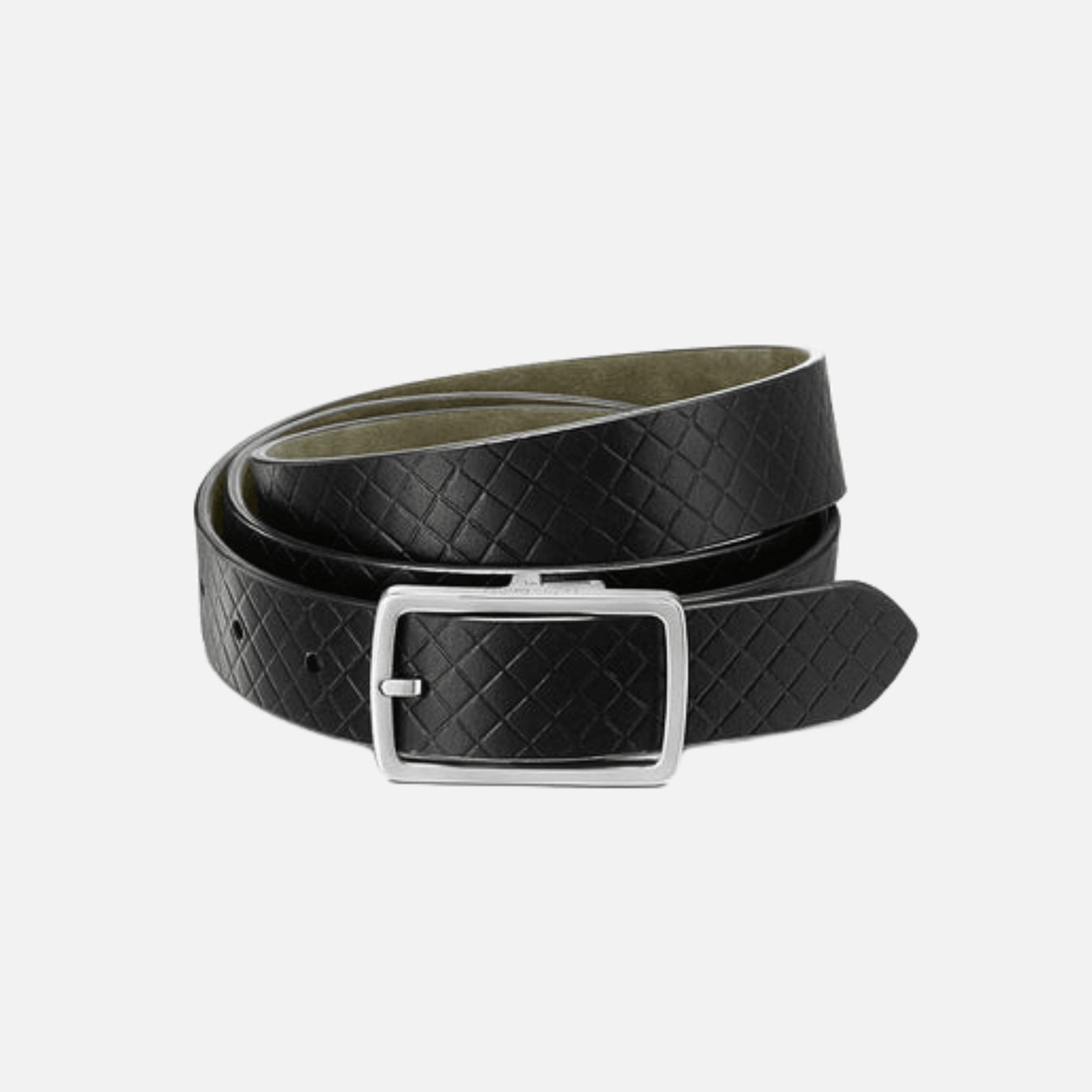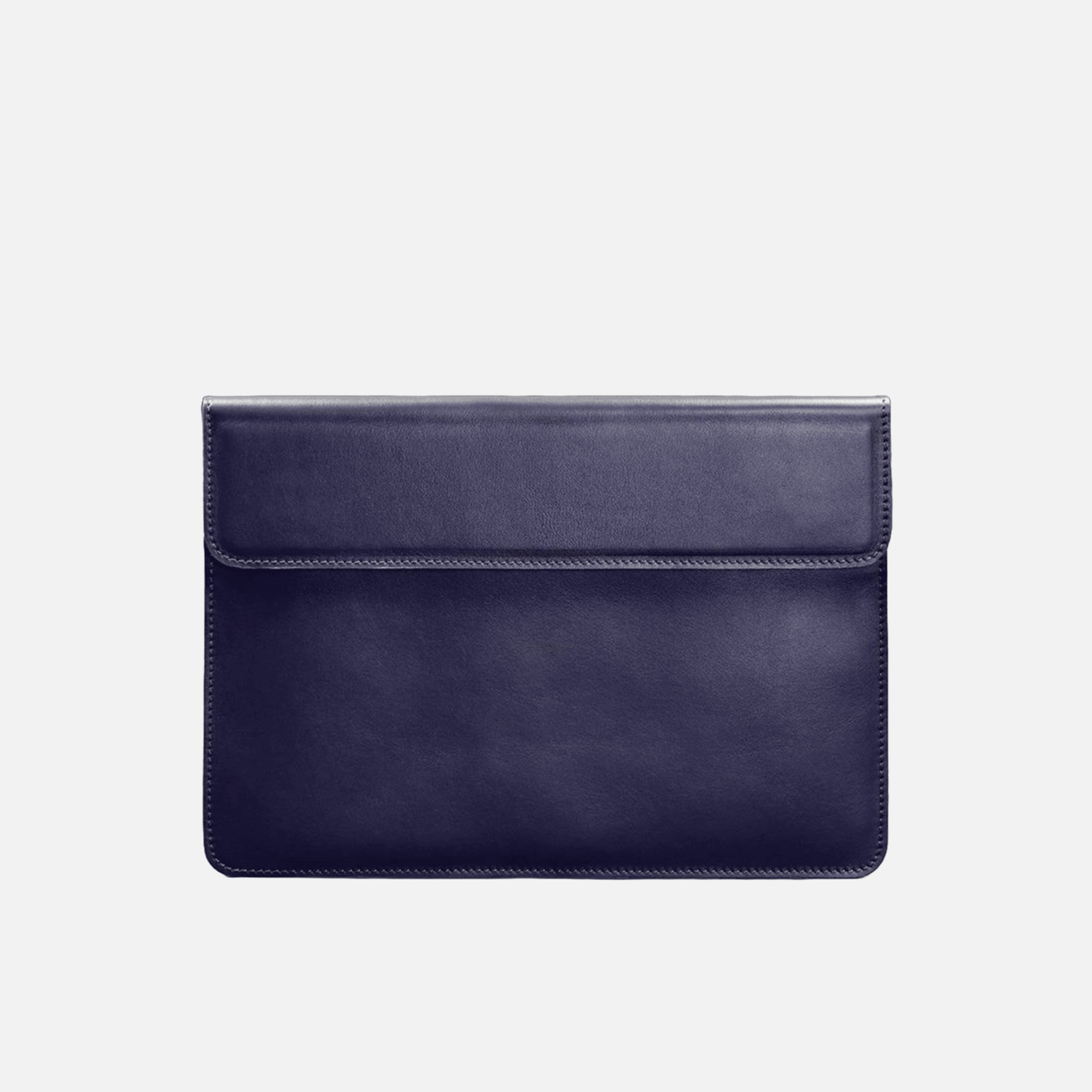The Ultimate Guide to Choosing the Perfect Walking Cane
Introduction: Understanding the Importance of the Right Walking Cane
Selecting a walking cane is not merely a matter of personal style or accessory choice; it is a critical decision that influences daily mobility, safety, and comfort. The right walking cane can seamlessly blend functionality with fashion, enhancing the user’s quality of life while reflecting their personality. In the quest to find the perfect walking cane, knowledge of frequently asked questions (FAQs) about cane use, various materials, and types is paramount.
Handmade walking canes offer a touch of artistry and craftsmanship that mass-produced options cannot match. Each handmade piece is typically a work of passion, constructed with attention to detail and made to order, ensuring that the needs and preferences of the individual are met with a personalized touch.
Moreover, understanding the current trends is crucial for making an informed decision. Here are 5 modern design trends in walking canes for enhanced mobility:
- Ergonomic handles for improved grip and comfort
- Lightweight and strong materials such as carbon fiber
- Adjustable shafts to tailor the cane’s height to the user
- Smart features like integrated lights or alert systems
- Artistic and culturally inspired designs
Simultaneously, the shift from classic to contemporary trends in luxury walking cane design and aesthetics is evident in the market, with a move towards sleek, multifunctional canes offering not only support but also a fashion statement for discerning users.
The perfect walking cane should balance the timeless elegance of traditional designs with the innovative features of modern technology. It should be an extension of the user’s lifestyle, befitting any occasion, from everyday errands to formal events, without compromising on ergonomics or quality.
Assessing Your Individual Needs: Factors to Consider Before Choosing a Cane
When selecting a walking cane, it is imperative to evaluate personal requirements to ensure optimal support and comfort. The cane must cater to the user’s specific needs while reflecting their personal style, ranging from classic to contemporary trends in luxury walking cane design and aesthetics. Below are key considerations to help identify the most suitable cane:
Medical Condition: Determine the primary purpose of the cane. Is it for balance, support due to a weak leg, or to aid with an injury? Consult with a healthcare professional to understand the level of support needed.
Height and Weight: Select a cane that corresponds appropriately to the user’s height to prevent strain. Weight capacity is also crucial; ensure the cane can support the user’s body weight safely.
Hand Grip: The handle should be ergonomic and comfortable for prolonged use. Users with arthritis or grip strength issues should consider cushioned or specially designed handles.
Material: Canes are available in various materials, including wood, aluminum, and carbon fiber. Each material offers a different balance between weight, durability, and aesthetics.
Style and Design: Choose a cane that complements personal style. 5 modern design trends in walking canes for enhanced mobility include foldable canes, adjustable-height canes, and those with built-in lighting. Handmade or made-to-order canes provide a unique touch.
Stability Features: Consider the type of tip, with options such as single, quad, or tripod tips, which provide varying levels of stability and traction.
Portability: Assess if a folding or collapsible cane is necessary for ease of travel or storage.
Budget: Set a realistic budget that accommodates quality while meeting all the necessary criteria.
Remembering to factor in individual health requirements, body specifications, and lifestyle preferences will lead to a more satisfying purchase. Each of these considerations is a vital FAQ for any cane user looking to marry functional mobility aid with personal expression.
Anatomy of a Walking Cane: Key Components and Materials
Understanding the anatomy of a walking cane is essential when selecting a mobility aid that suits individual needs. From classic to contemporary, luxury walking canes have evolved in design and aesthetics, merging modern design trends with functionality. Whether opting for a handmade cane or a made-to-order piece, the key components remain consistent across styles.
Handle: The handle offers grip and support. It is shaped to fit comfortably in the palm, often designed ergonomically. Handles can be made from various materials like wood, rubber, or acrylic for comfort and style.
Shaft: The shaft is the long, straight part that extends from the handle to the ground. It must be strong to support weight and flexible enough to absorb shock. Materials range from lightweight aluminum to traditional wood, and carbon fiber for a contemporary touch.
Collar: Joining the handle to the shaft, the collar can also be an accent piece. It may be ornamental on luxury walking canes, showcasing intricate designs or precious metals.
Tip: The tip, or ferrule, is the part that comes into contact with the ground. Rubber tips are common for their grip and shock absorption. Some canes have replaceable tips for versatility on different terrains.
Wrist strap: Some canes include a wrist strap to secure the cane to the wrist and prevent it from dropping.
Adjustment Mechanism: Modern canes often incorporate an adjustment mechanism, allowing the height to be tailored to the user.
Materials play a pivotal role in blending 5 modern design trends with enhanced mobility. Lightweight, durable metals and flexible, resistant plastics meet the needs of today’s active lifestyles, while the artistic touch of handmade designs brings a touch of luxury to the functional walking cane.
Height Matters: How to Determine the Correct Cane Length
Finding the right cane length is essential for comfortable and safe mobility. An improperly sized cane can lead to discomfort or injury. To ensure a proper fit, follow these steps to determine the correct cane length:
- Stand up straight wearing your regular walking shoes.
- Let your arms hang naturally at your sides.
- Bend your elbow at a comfortable angle, roughly 15 to 20 degrees.
- Ask someone to measure the distance from the floor to the crease of your wrist. This measurement is the ideal length for your cane.
Some frequently asked questions (FAQs) highlight the importance of a cane that corresponds to your height for better support and balance. For those seeking a custom experience, handmade walking canes might be the answer. Such canes are designed to meet the specific needs of an individual, and made-to-order options are available to accommodate different heights and preferences.
When exploring the latest in cane fashion, consider 5 modern design trends in walking canes for enhanced mobility. The trends range from tech-integrated handles to adjustable lengths for a more personalized use. Remaining attuned to from classic to contemporary trends in luxury walking cane design and aesthetics, a well-chosen cane can be both a functional aid and a fashion statement.
Once the correct length is determined, one can choose a cane that not only supports their mobility but also reflects their personal style, ensuring that both comfort and elegance go hand in hand.
Handle with Care: Exploring Different Types of Cane Handles
Choosing the right handle for a walking cane is crucial for both comfort and style. Users frequently ask about the best handle design that combines ergonomics with elegance, befitting both contemporary and traditional aesthetics. Moreover, handles can be handmade or made to order, offering a personalized touch that reflects individual style and needs.
Fritz Handle: A Fritz handle, named after the German inventor, is characterized by a straight grip with a more contemporary design. It is particularly suitable for individuals with arthritis as it reduces the strain on the user’s fingers and hands.
Derby Handle: One of the most classic designs, the Derby handle offers a comfortable fit and an elegant curve. Its design is conducive to hooking over the arm when not in use, making it functional and one of the 5 modern design trends in walking canes for enhanced mobility.
Crook Handle: The hook-like shape of the crook handle embodies the quintessential walking stick appearance. It provides the benefit of hanging it easily over one’s arm or on a table edge.
Palm Grip Handle: Specifically designed for people with a weaker grip, the palm grip handle is contoured to fit the natural shape of the palm, distributing weight evenly across the user’s hand.
Orthopedic Handle: Commonly referred to as the ‘anatomic grip’, these are tailored to fit the left or right hand. These handles are ergonomic, providing support to help reduce discomfort during extended use.
Additionally, from classic to contemporary trends in luxury walking cane design and aesthetics, materials like wood, lucite, and metal are employed to craft distinctive handles that are not only functional but also exemplify modern design.
When considering a handle, it’s essential to balance personal style preferences with physical comfort. A well-chosen cane handle can greatly enhance mobility, independence, and confidence.
The Base Line: Single Tip vs. Quad Cane Stability
When considering stability in the context of walking canes, the distinction between single-tip and quad cane bases is paramount. Traditional single-tip canes offer a classic look and are generally lightweight. They require a certain level of physical capability and balance from the user, as they provide a single point of contact with the ground. Ideal for those with slight mobility issues, single-tip canes are well-suited to users who need minimal support and are looking for a cane that aligns with 5 modern design trends in walking canes for enhanced mobility.
On the other hand, quad canes feature a larger base with four small feet that provide a substantially greater degree of stability. This design widens the cane’s footprint, offering increased security and balance for users who need additional support to stand or walk. Quad canes are often recommended for those who have a higher risk of falling or require a cane to bear more weight. Although they may not reflect the streamlined aesthetics found in handmade or made-to-order luxury walking canes, recent trends indicate a movement toward incorporating classic to contemporary elements into the design of quad canes.
Deciding between a single-tip and a quad cane comes down to evaluating one’s personal stability needs and aesthetic preferences. Single-tip canes keep pace with from classic to contemporary trends in luxury walking cane design and aesthetics, offering an array of styles and materials. Quad canes, in contrast, prioritize function and safety but are gradually embracing design innovations to enhance their appeal. Users should carefully consider their mobility needs, consulting with healthcare professionals if necessary, to determine which base type will offer the level of stability required without compromising on style.
Weight Capacity: Selecting a Cane for Durability and Strength
When in the market for a walking cane, understanding weight capacity is paramount to ensure safety and longevity. Each cane is designed to support a specific amount of weight, and selecting one that matches the user’s needs prevents the risk of injury due to structural failure. It is essential to consider both the material the cane is made from and its construction.
Material Matters: Canes are typically crafted from wood, aluminum, or carbon fiber, with each material offering different benefits. Wooden canes, often handmade, provide a classic aesthetic and are very durable under normal use. Aluminum canes are lightweight yet strong, and carbon fiber options, synonymous with 5 modern design trends in walking canes for enhanced mobility, are both lightweight and incredibly sturdy, often favored for their high weight capacity and flexibility.
Construction Quality: A made to order cane might offer superior craftsmanship compared to off-the-shelf models. The joints, handle, and tip are critical points that should be well-constructed to handle stress. A poorly constructed cane may have a high risk of breaking or bending, which can be dangerous during use.
Test for Strength: Prior to purchase, it’s advisable to test the cane for stability. Apply pressure to ensure it supports weight without cracking, bending, or creaking.
Understand the Specs: Always review the manufacturer’s specifications on weight capacity. This will ensure the cane is suited to the user’s requirements. Choosing a cane with a weight capacity that exceeds the user’s weight by a margin is recommended for added security.
In the evolution from classic to contemporary trends in luxury walking cane design and aesthetics, weight capacity should not be compromised. A well-selected cane balances style and functionality, reflecting the nuances of its user’s lifestyle while providing reliable support. To address common concerns, FAQs about cane strength and durability should be referenced to ensure a sound decision is made.
Style and Personal Preference: Finding a Cane That Matches Your Lifestyle
When selecting the ideal walking cane, personal style and lifestyle preferences play a pivotal role. The market offers a plethora of options catering to diverse aesthetics, from classic to contemporary trends in luxury walking cane design and aesthetics. Complementing one’s individuality, canes now serve not only as mobility aids but also as fashion statements.
For the art aficionados or those with a penchant for the unique, handmade walking canes offer a touch of exclusivity. These pieces are often one-of-a-kind, imbuing the owner’s personality into the very tool that provides stability and support. Made to order canes amplify this personal connection, allowing for a personalized experience where function meets form.
Materials and Craftsmanship: Traditional woods exude a timeless elegance, while modern materials such as carbon fiber showcase cutting-edge design. The craftsmanship of the cane should align with one’s lifestyle—whether it’s sturdy for frequent outdoor use or sleek for formal occasions.
Design Trends: For those attuned to the latest fashions, keeping abreast of the 5 modern design trends in walking canes for enhanced mobility is crucial. Designs range from minimalist to ornately decorative, ensuring there is a perfect match for every style preference.
Functionality and Comfort: While aesthetics are important, the primary function of a cane should not be overlooked. Comfortable grips, adjustable heights, and sturdy bases tailored to the individual’s physical needs are essential.
Incorporating a walking cane into one’s life is more than choosing a mobility aid; it is a reflection of one’s personal journey and aesthetic. Frequently asked questions (FAQs) often revolve around finding that perfect balance between style and usability. It is crucial to remember that a walking cane can be both a functional tool and an extension of personal style, seamlessly integrating into daily life.
Accessibility Features: Canes with Built-in Lights and Other Gadgets
Walking canes have transformed dramatically from classic designs to embody contemporary trends in both function and aesthetics. As these mobility aids evolve, they actively incorporate features designed to enhance accessibility and safety for users. One of the most innovative additions has been the integration of built-in lights.
These illuminated canes serve a dual purpose. They not only provide the necessary support for users but also improve visibility in dark or low-light conditions. When navigating uneven pavements or encountering potential trip hazards, a cane with a built-in light can illuminate the path ahead, reducing the risk of falls.
In addition to lights, modern walking canes are being designed with a variety of gadgets to increase their utility:
- Adjustable Height Mechanisms: Users can fine-tune their cane’s length for optimal comfort and support.
- Alarm Systems: Some canes come with integrated alarms that can be activated in case of an emergency, calling for assistance.
- Foldability: Enhanced portability is offered through canes that can be folded and easily stored.
- Smart Technology: Canes are now being equipped with sensors that can track fitness activity or send alerts if the cane is left behind.
Handmade and made-to-order canes often incorporate these features with a personal touch, ensuring that the cane not only meets the user’s functional needs but also reflects their individual style. As participants in the realm of 5 modern design trends in walking canes for enhanced mobility, these gadgets are at the forefront of merging traditional craftsmanship with innovative technology.
Whether individuals prefer luxury walking cane designs or simple, utilitarian models, the incorporation of these features signifies a shift from classic to contemporary trends in cane design, emphasizing both the safety and independence of users. When considering a walking cane, exploring these accessory options can lead to a more comfortable and confident mobility experience.
Walking Cane Accessories: Adding Functionality and Flair
While choosing a walking cane that provides optimal support and comfort is crucial, accessorizing it can further enhance its functionality and style. Walking cane accessories are not just about personalizing a cane; they’re about maximizing the effectiveness and enjoyment of using one. From practical additions that aid in daily use to decorative elements that reflect personal tastes, accessories serve to complement the cane experience.
Cane Tips: These are essential for ensuring stability and preventing slips. Rubber tips can help absorb shock and provide better traction on various surfaces, while ice tips are useful for navigating slippery conditions.
Wrist Straps: A wrist strap is a simple yet beneficial accessory. It allows users to keep their cane close by and reduces the risk of dropping or losing it. Whether they prefer a basic strap or one that’s elaborately crafted, the functionality remains a key aspect.
Cane Holders: These come in handy when users need to free up their hands. A cane holder enables the user to rest their cane on a table or counter without worrying about it falling over.
Replacement Handles: Users can customize their cane with a variety of handle designs, from ergonomic options that reduce strain on the wrist to handmade, made-to-order handles that exhibit intricate craftsmanship.
Engraving Services: Personalizing a cane with an engraving adds a layer of sophistication and identity. This might include a name, a special date, or a custom message, turning the cane into a cherished item.
With the evolving trends in walking cane design, accessories are becoming more innovative, reflecting “5 modern design trends in walking canes for enhanced mobility” and “from classic to contemporary trends in luxury walking cane design and aesthetics.” These accessories not only serve to improve the user’s mobility but also to express individuality, seamlessly blending functionality with flair.
Maintenance and Care Tips for Your Walking Cane
Proper maintenance and care are paramount to ensure the durability and effectiveness of your walking cane. Following these guidelines will keep your assistive aid in top condition:
Regular Inspection: Check the cane’s integrity periodically. Look for cracks, splinters, or signs of wear, especially if it is a handmade or made-to-order piece. The more unique the cane, the more attention it might require to maintain its condition.
Keep it Dry: Water can damage the cane material. If it gets wet, dry it immediately with a soft cloth to prevent warping or corrosion, particularly in canes that incorporate metal elements.
Avoid Excessive Weight: Your cane is designed to support your weight during mobility. Do not use it to lift heavy objects, as it could compromise its structure.
Proper Storage: When not in use, store your cane in a vertical position in a cool, dry place to prevent bending or warping. Avoid leaving it in high-traffic areas where it could be knocked over or damaged.
Cleaning: Use a soft cloth and mild cleaner for general cleaning. For canes with intricate designs or luxury finishes, consult the manufacturer or a professional for specific cleaning instructions.
Tip Replacement: The tip of your cane is prone to wear and should be replaced regularly to maintain grip and stability. Always source compatible tips to ensure safety and performance.
Adhere to Usage Recommendations: Follow the manufacturer’s guidelines for use. Canes incorporating 5 modern design trends might have unique features that require special attention.
By blending the best practices of classic care with the nuances of contemporary trends in luxury walking cane design and aesthetics, you can preserve the functionality and elegance of your walking cane. Whether you rely on it daily or occasionally, these tips will ensure that your cane remains a reliable support for your mobility needs.
When to Replace Your Cane: Signs of Wear and Safety Concerns
For individuals who rely on walking canes for enhanced mobility, it’s crucial to recognize when a cane is due for replacement. A worn-out cane not only compromises safety but also undermines confidence in movement. Below are telltale signs that your cane is ready to be retired:
Physical Wear and Tear: Over time, the cane may exhibit signs of stress such as cracks, splinters, or bending, particularly in handcrafted or made-to-order options. Inspect your cane regularly for such indicators, as they can compromise the structural integrity.
Worn Tip: The rubber tip of the cane, known as the ferrule, is prone to wear. A worn tip can lead to slippage and falls. If the ferrule is no longer providing a firm grip on the ground, it’s time for either a replacement of the tip or the entire cane if it’s a single unit.
Loose Parts: Any rattling or movement in the handle or shaft connections can be a red flag for potential failure. Regularly check for any signs of loosening and address them immediately, as they could lead to instability.
Changes in User Needs: Upgrades in design, such as the incorporation of 5 modern design trends in walking canes, can offer better support and mobility. If your current cane doesn’t reflect the latest in classic to contemporary trends in luxury walking cane design and aesthetics, it may cease to serve your needs effectively.
Comfort Issues: If the cane no longer feels comfortable to use due to changes in your condition or grip strength, replacing it with a model that offers better support and ergonomics is advisable.
Ensuring that your cane is in top condition is paramount for safe and comfortable mobility. Timely replacement not only addresses wear and safety concerns but also embraces the evolution from classic to contemporary in walking cane design.
Consulting the Professionals: When to Seek Advice from a Healthcare Provider
In navigating the path towards optimal mobility, knowing when to consult healthcare professionals is pivotal. Individuals often ponder whether the cane they are considering is just a trendy accessory or a necessity for support and balance. To assure a walking cane not only complements one’s style – from classic to contemporary trends in luxury walking cane design and aesthetics – but also meets health requirements, professional advice should be sought in the following scenarios:
Persistent Mobility Issues: If you experience ongoing difficulties with walking or balance, it is imperative to discuss these concerns with a healthcare provider. They can assess your condition and recommend a cane that provides the appropriate level of support.
Post-operative Recovery: Following surgery, particularly on the lower extremities or back, your doctor can advise on a temporary or permanent walking cane to aid in your rehabilitation process.
Neurological Conditions: In the case of neurological disorders such as Parkinson’s disease or multiple sclerosis, a customised walking cane may be necessary. Healthcare providers will guide you in selecting one that addresses your specific mobility challenges.
Arthritis or Joint Pain: Those with joint issues may require a cane to alleviate pressure on painful areas. Professionals can suggest ergonomic options that minimize discomfort.
First-Time Users: For individuals new to mobility aids, a consultation is essential to learn proper cane use, ensuring safety and promoting confidence in mobility.
In these instances, healthcare providers often recommend a personalized approach, which may involve made-to-order or handmade canes designed according to the user’s specific needs. By incorporating 5 modern design trends in walking canes for enhanced mobility, a cane becomes a reliable companion without compromising on style or personal expression.
Ultimately, the collaboration with a healthcare professional is not just about choosing a cane; it’s about enhancing quality of life and maintaining independence. FAQ sections on provider websites can also be a valuable resource for preliminary guidance before making a decision.
Conclusion: Making an Informed Decision on the Perfect Walking Cane
When it comes to selecting the perfect walking cane, individuals face a myriad of options, from handmade treasures to modern design trends aimed at enhanced mobility. The decision-making process requires careful consideration of both functional needs and personal style preferences. Here’s a guide to making an informed choice:
Evaluate Your Needs: Understand the primary purpose of the walking cane. Whether it’s for daily support, balance, or as a fashion statement, each requirement may point towards a different type of cane.
Consider Modern Design Trends: With advancements in design, walking canes now feature trends that marry function with fashion. Look into the latest 5 modern design trends in walking canes to find a cane that is both stylish and provides enhanced mobility.
From Classic to Contemporary: Walking canes span a spectrum from classic wooden designs to contemporary luxury items. Consider the from classic to contemporary trends in luxury walking cane design and aesthetics to find a cane that reflects your personal taste while still meeting your physical needs.
Customization Options: If you prefer a cane that is tailored to your exact specifications, explore made to order options. The benefit of a made-to-order cane is that it’s crafted to fit your height, hand size, and style preferences.
Handmade Quality: A handmade walking cane often provides exceptional quality and craftsmanship. If you value artisanal work, a handmade piece may be the right choice for you.
FAQ and Support: Don’t hesitate to consult frequently asked questions or seek advice from experts when choosing your cane. Knowledgeable staff can assist in making a selection that aligns with both your aesthetic desires and functional needs.
Making the right choice in a walking cane is crucial for one’s comfort and mobility. With the correct information and careful thought, users can find a walking cane that not only supports them but also becomes a reflection of their style and personality.

